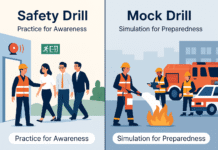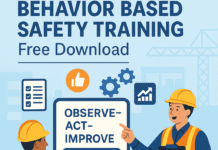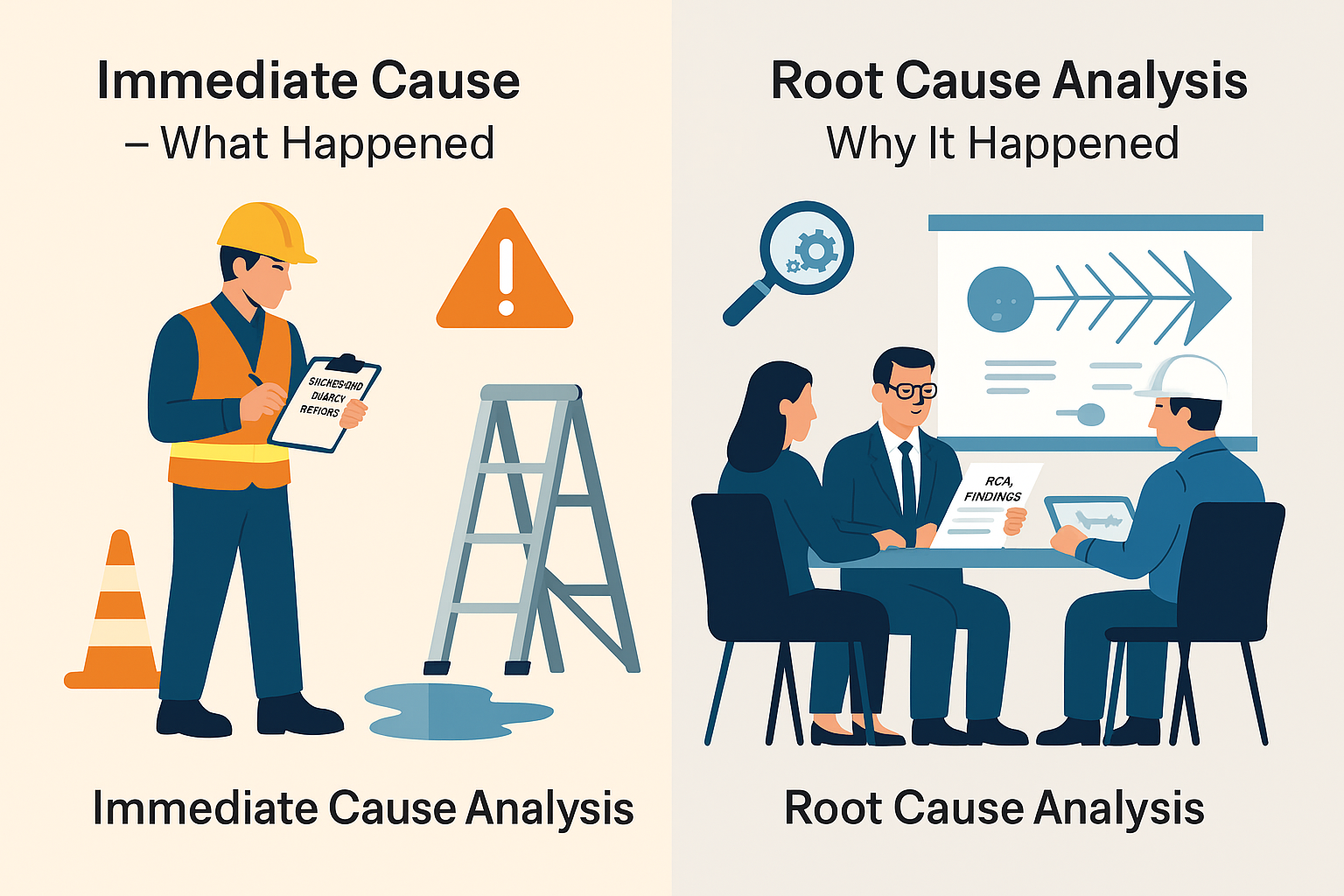
Painting Safety HSE Training
Introduction: The Risks Behind the Brush
“Painting seems simple—until a spark ignites fumes, or chemicals seep through your skin. Did you know that painters have higher rates of lung disease, nerve damage, and chemical burns than many other trades? Today, we’re not just talking about getting the job done—we’re talking about getting it done safely.”
“By the end of this session, you’ll know how to:
✔ Work safely with paints, solvents, and coatings
✔ Choose the right PPE for the job
✔ Prevent fires, chemical exposure, and long-term health risks
✔ Respond to emergencies—because accidents do happen“
[Hold up a respirator with a worn-out cartridge]
“This failed inspection last week. If used, it could have led to permanent lung damage. Let’s make sure your gear is up to the task.”
Section 1: Know Your Chemicals – What’s in That Can?
“Paints, thinners, and solvents contain hidden dangers. You must check the SDS for:
🔹 Flammability (How easily does it ignite?)
🔹 Toxicity (Will it absorb through skin? Damage organs?)
🔹 Reactivity (Does it explode if mixed with something else?)
🔹 Ventilation Needs (Can you work in enclosed spaces?)
[Show real SDS examples]
“See this ‘low-VOC’ label? It’s less toxic, but not non-toxic. Never assume safety—always verify.”
Section 2: PPE – Your Last Line of Defense
“Skin contact, fumes, and splashes don’t give second chances. Required PPE includes:
✔ Respirators (Not just dust masks—chemical cartridges for solvents)
✔ Gloves (Chemical-resistant—latex won’t stop paint thinner)
✔ Eye Protection (Goggles for splashes, face shields for spraying)
✔ Coveralls (Disposable or reusable, but no exposed skin!)
[Demo: Spray water on nitrile vs. latex gloves]
“See how latex soaks through? That’s what happens with solvents on your skin.”
Section 3: Ventilation – Don’t Breathe Poison
“Even ‘water-based’ paints can off-gas dangerous fumes. Follow these rules:
✅ Outdoor Work – Always preferable
✅ Indoor/Enclosed Spaces – Use mechanical ventilation (fans, exhaust systems)
✅ Spray Booths – Must meet OSHA standards (no makeshift setups!)
✅ Air Monitoring – Required for confined spaces
[Show a clip of a painter passing out from fumes]
“This worker thought, ‘It’s just a quick job’—he woke up in the ER.”
Section 4: Fire & Explosion Hazards
“Paint fumes are heavier than air—they pool and wait for a spark. Prevent disasters by:
🔥 No Smoking / Open Flames (Even grinding sparks can ignite fumes)
🔥 Static Electricity Control (Ground containers when transferring liquids)
🔥 Proper Storage (Keep away from heat sources)
🔥 Fire Extinguishers On-Site (CO2 or dry chemical—never water!)
[Show a static spark demo with solvent vapors]
“That tiny spark? Enough to cause an explosion in the right conditions.”
Section 5: Safe Handling & Disposal
“Spills and waste can harm you and the environment. Follow these rules:
✔ Never pour paint/thinner down drains (Illegal and hazardous)
✔ Use spill kits for leaks (Know where they are!)
✔ Store rags in metal containers (Spontaneous combustion is real)
✔ Dispose of waste properly (Check local regulations)
[Show a time-lapse of oily rags self-igniting]
“This pile of ‘harmless’ rags burst into flames on their own.”
Section 6: Emergency Response
“If something goes wrong, act fast:
🚨 Chemical in Eyes? – Flush for 15+ minutes (No rubbing!)
🚨 Skin Contact? – Wash immediately, remove contaminated clothing
🚨 Inhaled Fumes? – Get to fresh air, call for help
🚨 Fire? – Evacuate first, only fight if small and safe
[Demo emergency eyewash station use]
“Seconds matter—know where the nearest safety shower is!”
Conclusion: Safety Isn’t Optional
“Painting is more than just color on a wall—it’s a job filled with risks. From now on, I challenge you to:
1️⃣ Read SDS sheets before starting
2️⃣ Wear PPE every single time
3️⃣ Speak up if conditions seem unsafe
“Your health is worth more than any rushed job.”
PPE Safety HSE Training: Your Last Line of Defense
Electrical Safety HSE Training
Confined Space Safety HSE Training
FAQs
Q: Can I use a dust mask for solvent-based paints?
A: No! Only chemical cartridge respirators block vapors.
Q: How often should respirator cartridges be changed?
*A: Follow manufacturer guidelines—usually every 8-40 hours of use.*
Q: What’s the #1 mistake painters make?
A: Skipping PPE for ‘quick touch-ups.’
Q: Who’s responsible if I get sick from fumes?
A: You are—if you didn’t follow safety procedures.

























I want to do learning about NEBOSH IGC